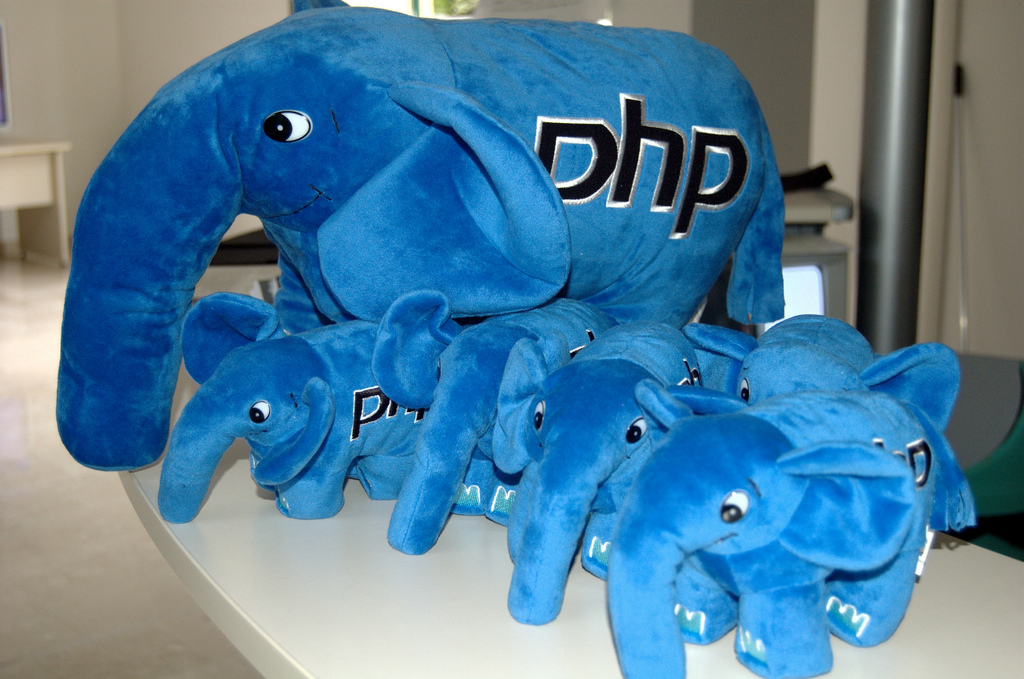Welcome to the exciting world of Multi-Tenant SaaS with Laravel! If you’re looking to build a scalable and efficient software-as-a-service platform that caters to multiple clients, then you’re in the right place. In this blog post, we will explore how Laravel, a powerful PHP framework, can help you create a robust and secure multi-tenant application. Get ready to dive into the realm of building innovative SaaS solutions that can revolutionize your business offerings. Let’s get started!
Advantages of using Laravel for Multi-Tenant SaaS
Laravel, known for its elegance and simplicity, offers numerous advantages when building a Multi-Tenant SaaS. Its robust MVC architecture provides a solid foundation for creating scalable and secure applications. With built-in features like authentication, routing, and middleware, Laravel streamlines the development process.
One of the key benefits of using Laravel is its expressive syntax which makes code clean and easy to read. This helps developers write efficient and maintainable code, ultimately saving time and effort in the long run. Additionally, Laravel’s active community ensures continuous support and updates, keeping your application up-to-date with the latest trends in web development.
Laravel’s ORM Eloquent simplifies database operations by providing an intuitive way to interact with databases through eloquent models. This not only reduces the complexity of queries but also enhances performance. Laravel’s extensive testing capabilities enable developers to ensure the reliability and stability of their Multi-Tenant SaaS application throughout its lifecycle.
Steps to building a Multi-Tenant SaaS with Laravel
When embarking on the journey of building a Multi-Tenant SaaS with Laravel, there are several key steps to follow. It is crucial to define the tenant architecture and decide how data will be structured for each tenant. Next, setting up separate databases or using a shared database approach must be carefully considered.
Once the architectural framework is in place, customization options for individual tenants need to be implemented. This involves creating settings that allow users to personalize their experience within the SaaS platform.
Security should always remain a top priority throughout the development process. Implementing robust authentication and authorization mechanisms ensures that each tenant’s data remains secure and isolated from others.
Testing is another essential step before launching your Multi-Tenant SaaS. Conduct thorough testing to identify any bugs or issues that may affect user experience or data integrity.
Continuous monitoring and updates are vital post-launch to ensure smooth operation and scalability as your SaaS platform grows. Building a Multi-Tenant SaaS with Laravel requires careful planning, execution, and ongoing maintenance for long-term success.
Challenges and Solutions in Building a Multi-Tenant SaaS
Building a Multi-Tenant SaaS with Laravel comes with its fair share of challenges. One common issue is ensuring data isolation between tenants to maintain security and privacy. To tackle this, developers can implement separate databases or use a shared database with unique identifiers for each tenant.
Another challenge is managing tenant customization while maintaining the core codebase. By utilizing Laravel’s robust features like middleware and service providers, developers can create customizable solutions without compromising the integrity of the application.
Scaling a Multi-Tenant SaaS can be daunting as the user base grows. Implementing efficient caching mechanisms and optimizing database queries are essential strategies to ensure smooth performance across all tenants.
Handling billing and subscription management for multiple tenants requires precision and flexibility. Integrating payment gateways and setting up automated billing processes can streamline this aspect of the business model effectively.
Success story of a Multi-Tenant SaaS built with Laravel
Imagine a small startup that wanted to revolutionize the way businesses manage their projects. With the help of Laravel, they were able to create a powerful Multi-Tenant SaaS platform that catered to the unique needs of each client.
By leveraging Laravel’s robust features such as routing, authentication, and database migrations, they were able to quickly build a scalable solution that could onboard multiple tenants with ease. The flexibility and customization options offered by Laravel allowed them to tailor the platform for different industries and use cases.
As word spread about their innovative SaaS product, more and more businesses signed up, leading to exponential growth. The team continued to iterate on the platform based on user feedback, ensuring it remained cutting-edge and competitive in the market.
Today, this once-small startup has become a key player in the industry, serving hundreds of clients worldwide with their Multi-Tenant SaaS built with Laravel.
Tips for Building a Multi-Tenant SaaS with Laravel
– Prioritize security: Implement robust authentication and authorization mechanisms to protect sensitive data across tenants.
– Scalability is key: Ensure your architecture can handle the growth of multiple tenants seamlessly without performance bottlenecks.
– Regularly update dependencies: Keep your Laravel framework and packages up to date to leverage the latest features and security patches.
– Monitor performance: Use tools like Laravel Telescope to track resource usage, identify potential issues, and optimize system performance.
– Test thoroughly: Conduct comprehensive testing, including unit tests, integration tests, and end-to-end tests to maintain a reliable software product.
By following these tips, you can navigate the challenges and maximize the benefits of building a successful Multi-Tenant SaaS with Laravel.


Leave A Comment Cancel reply